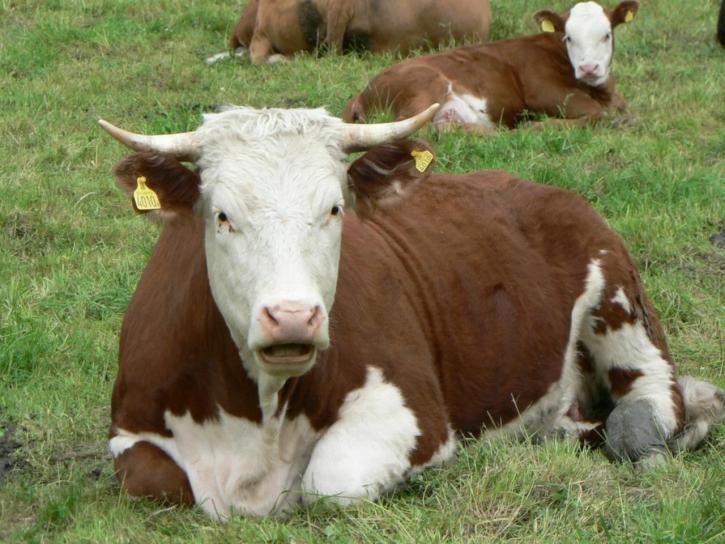Water in the Winter
go.ncsu.edu/readext?745152
en Español / em Português
El inglés es el idioma de control de esta página. En la medida en que haya algún conflicto entre la traducción al inglés y la traducción, el inglés prevalece.
Al hacer clic en el enlace de traducción se activa un servicio de traducción gratuito para convertir la página al español. Al igual que con cualquier traducción por Internet, la conversión no es sensible al contexto y puede que no traduzca el texto en su significado original. NC State Extension no garantiza la exactitud del texto traducido. Por favor, tenga en cuenta que algunas aplicaciones y/o servicios pueden no funcionar como se espera cuando se traducen.
Português
Inglês é o idioma de controle desta página. Na medida que haja algum conflito entre o texto original em Inglês e a tradução, o Inglês prevalece.
Ao clicar no link de tradução, um serviço gratuito de tradução será ativado para converter a página para o Português. Como em qualquer tradução pela internet, a conversão não é sensivel ao contexto e pode não ocorrer a tradução para o significado orginal. O serviço de Extensão da Carolina do Norte (NC State Extension) não garante a exatidão do texto traduzido. Por favor, observe que algumas funções ou serviços podem não funcionar como esperado após a tradução.
English
English is the controlling language of this page. To the extent there is any conflict between the English text and the translation, English controls.
Clicking on the translation link activates a free translation service to convert the page to Spanish. As with any Internet translation, the conversion is not context-sensitive and may not translate the text to its original meaning. NC State Extension does not guarantee the accuracy of the translated text. Please note that some applications and/or services may not function as expected when translated.
Collapse ▲Water in Winter
What?
Water is the most important dietary source for all living creatures; for without ample water, a living being cannot survive. This necessity increases with the individual’s environment, stage of life, and stage of production.
Who?
All living beings need water. This includes all livestock: cattle, horses, chickens, goats, sheep, pigs, etc. Due to this, a producer needs to provide their livestock with unlimited fresh water at all times.
When?
Since most livestock live in an outdoor environment, their water requirements increase with environmental changes, especially in winter. Depending on the livestock’s operation, the animal’s requirements might also increase due to their stage of production or life. During winter, many livestock are pregnant or nursing, increasing their needs drastically to fulfill both their requirements of both Mom and baby. In response to this increase in demand and the cold weather, producers must provide water that is unlimited, clean, and unfrozen. Frozen water is not only inaccessible by livestock but also undesirable. This also includes water that is near-freezing temperatures. When water is at these cold temperatures, animals will only drink what is needed to survive because of the uncomfortable nature of drinking cold water. For some animals, they will refrain from drinking the water and become dehydrated. To avoid this, the water needs to be heated some to increase the animal’s desirability and overall comfort.
How?
There are multiple methods that can be utilized for providing unfrozen, unlimited, clean water to livestock. Common methods include large electrically heated water troughs, water troughs with a heating element inserted, and continuous running water troughs. The most economical and labor-saving method for most operations is utilizing their typical water trough while including a drop-in heating element. This method does require an electrical source but is less time consuming and more efficient than breaking the ice. In addition, this method enables the animals to access warm water that is more desirable than water that is frozen or at nearly frozen temperatures, prompting the animal to drink adequate amounts of water.
Please feel free to contact Michelle South, Area Extension Agent at the North Carolina Cooperative Extension, Avery County Center at (828) 733-8270 with any questions.




